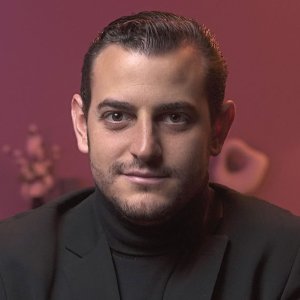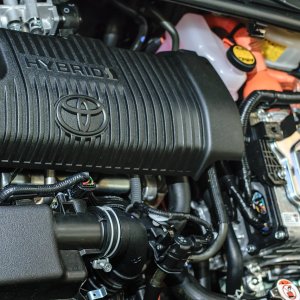ICE Technologies to Remain Relevant for Decades: BorgWarner

STORY INLINE POST
Q: BorgWarner is one of the largest global automotive suppliers. How is the company transitioning to electromobility?
A: Since 2021, BorgWarner started a strategy to follow part of the transformation of the automotive industry toward electrification. However, we understand that internal combustion engines will continue to be on the market for decades. On the other hand, volumes of electrification will continue to increase within market share, while alternative fuels are also part of the equation. Although the fuel source and the way of combustion may change a bit, internal combustion technologies and the products required remain very similar.
Q: What does BorgWarner’s product portfolio for commercial vehicles look like?
A: BorgWarner participates in the heavy-vehicle market with starter motors, alternators and turbochargers for commercial vehicles. However, within our product portfolio, we provide solutions for all kinds of vehicles, from the lightest to the heaviest.
Our global strategy is to have product leadership. Recently, BorgWarner unveiled the Delco-Remy 150MT starter at Expo Transporte 2022, anticipating the requirements of governments and customers that will align to them. The product is designed to meet with Euro VI requirements and is 100-percent adaptable to the future requirements in terms of body and mechanical operations. In addition, the 150MT starter provides an upgrade in product life.
Q: What role does BorgWarner’s facilities in San Luis Potosi play within the company’s strategy in the country?
A: BorgWarner has 12 facilities across Mexico. We have two plants in San Luis Potosi, focused on electrified and ICE products, respectively. Both plants produce for the OEM, OES and aftermarket segments. At the San Luis Potosi plant, we produce an HVH electric motor, which used to be manufactured in the US. It is a product with great technology, adaptable for hybrid applications. In addition, BorgWarner produces an e-model for light and semi-heavy vehicles.
Q: What are the main trends within the heavy-vehicle aftermarket?
A: There are no big changes in the heavy-vehicle aftermarket. Projects start with OEMs and a few years later, the aftermarket enters with some parts. As years go by, vehicles’ aftermarket grows, since the original parts need to be replaced. It is a very stable but broad market. There are applications for projects from 40 years ago, while others are only two years old.
Q: How does BorgWarner work to increase its market share and communicate its product portfolio to clients?
A: BorgWarner has diverse channels according to the market. The OEM market is very technical and sales too. Sales begin with engineering projects, which take months and even years of development. For the OES market, pieces are already pulled by the dealers. The market works as a waterfall, ending in the aftermarket, where we have several channels, including distributors, direct sales, customer service and close contact with customers. The aftermarket requires constant communication within actors.
Digitization is shifting the way we communicate with clients. In the aftermarket, customers can access BorgWarner’s information through our web and mobile platforms, in addition to the more traditional way, which includes phone calls, press releases and catalogues. Digitization helps to carry out processes much faster.
Q: How is the industry turning into the nearshoring trend?
A: After an era of globalization, the COVID-19 pandemic has changed the global market. Currently, the industry is looking to have its suppliers as close as possible. Regardless of the supplier’s origin, it is important to have their facilities close to yours. In addition, USMCA also plays an important role for the industry in North America, not only due to world transport constraints, but also because of the incentives of the treaty, which invite the industry to look for local suppliers. Companies will hardly continue with the levels of globalization they used to operate with.
Q: What are the main plans for BorgWarner’s San Luis Potosi facilities in 2023?
A: In the short term, we seek to get fully out of the pandemic disruptions and shortages. Once all components become available and the industry stabilizes, we will reach the production and sales points we are looking for. Despite the difficulties, we will close 2022 with figures close to pre-pandemic ones.
Later, BorgWarner will continue to implement its digital strategy, especially focused on the aftermarket, aiming to have more accessible processes, improving sales and logistics times. Fortunately, the market is there, and deliveries still have a lot of room for improvement. The entire idea is to fully get out of the pandemic and then continue growing for existing and potential customers.








 By Antonio Gozain | Senior Journalist and Industry Analyst -
Wed, 10/19/2022 - 10:30
By Antonio Gozain | Senior Journalist and Industry Analyst -
Wed, 10/19/2022 - 10:30















